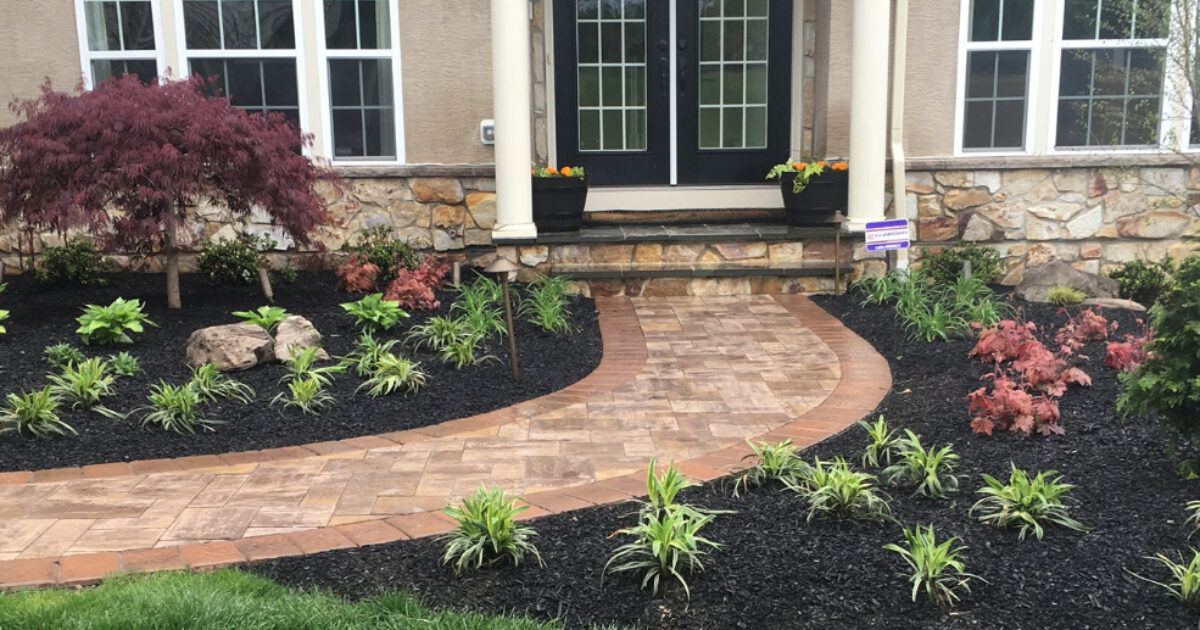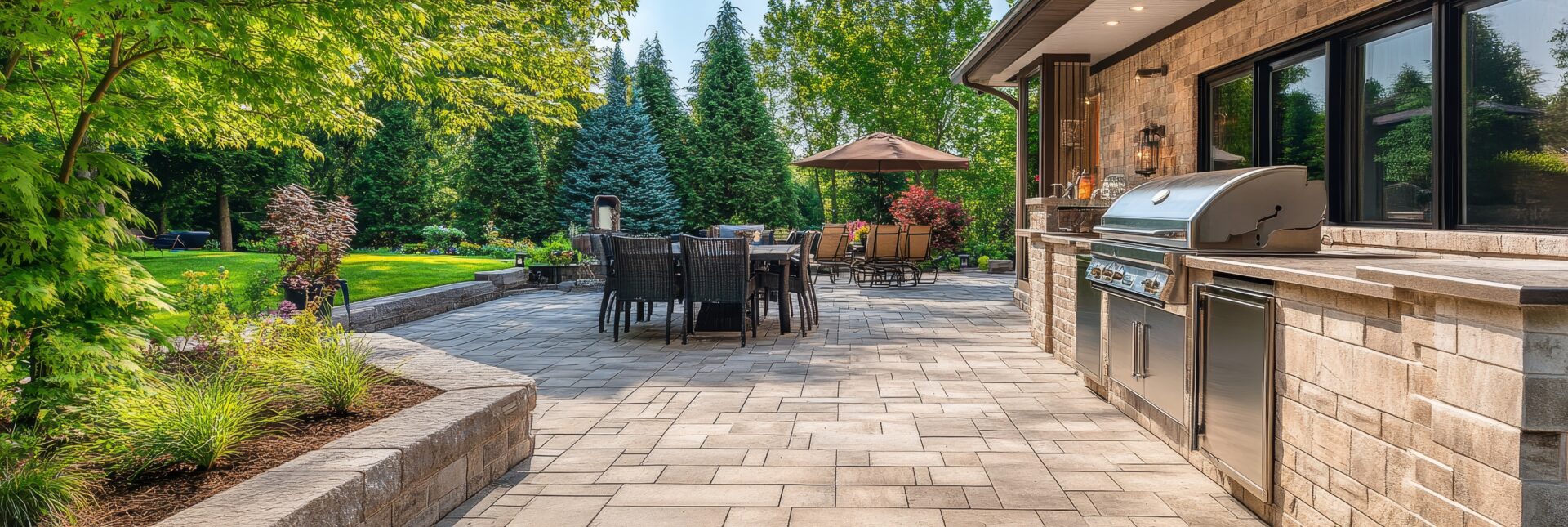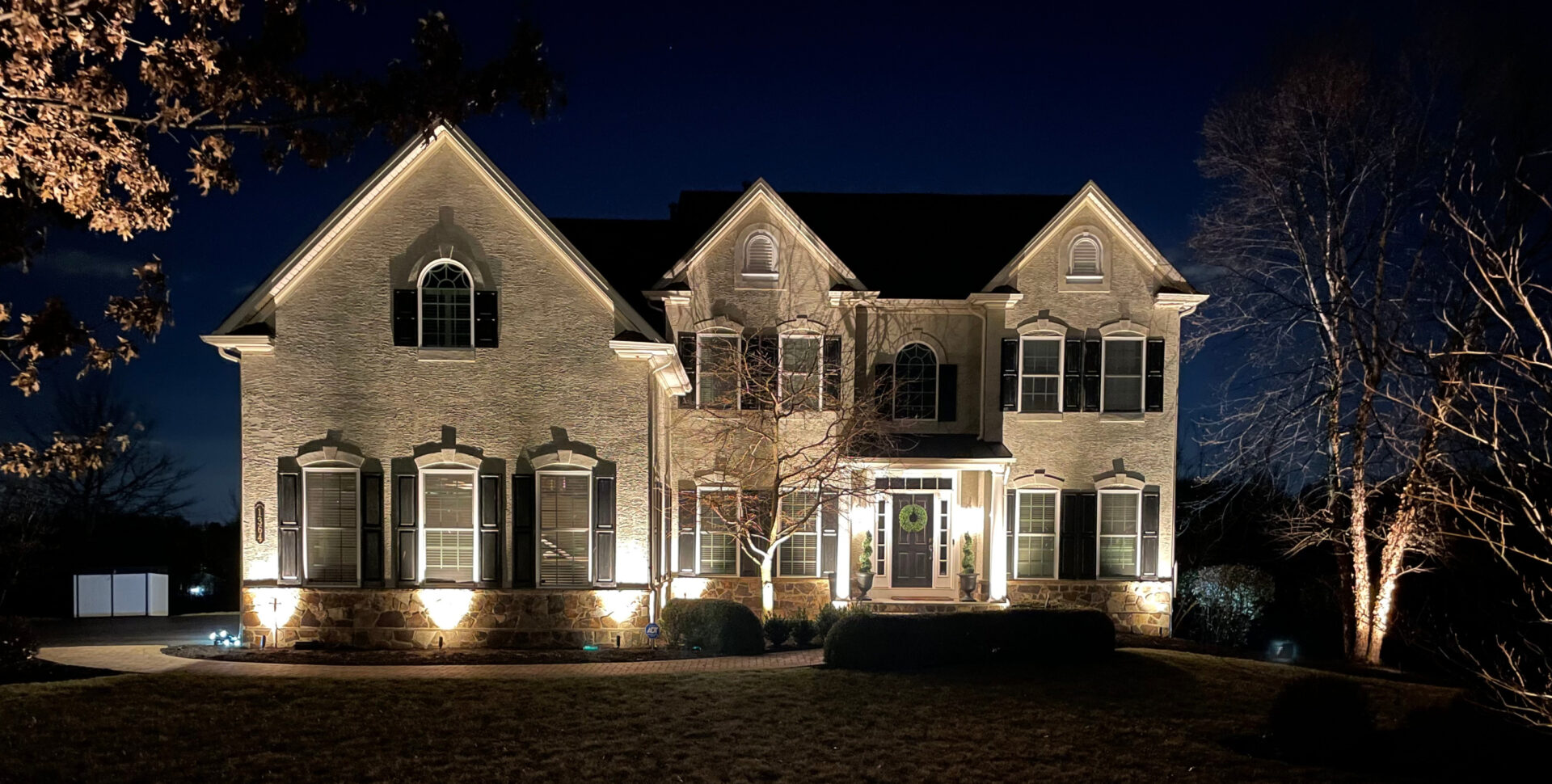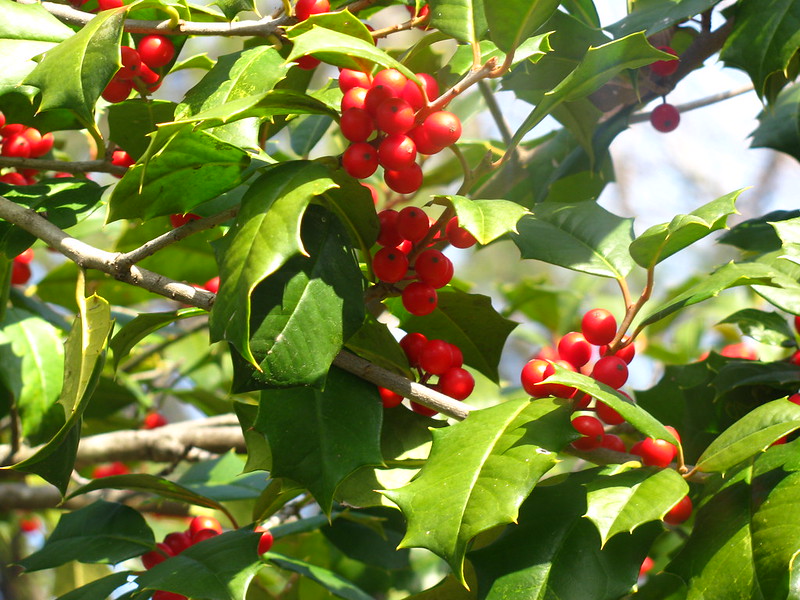“The right plant in the right place” is a popular cry among gardeners, and that includes choosing the best spots for new trees and shrubs. Spring is a great time to add to your landscape, so look around your property for a place that needs filling with just the right specimen.
SIZE
Planting trees or shrubs too close to each other, houses, or other structures is the biggest mistake you can make. Read the hang tag or do research so you know how large a new plant will grow. Then site it where it can grow to its mature size without causing problems for overhead wires, underground utilities, adjacent properties or streets, buildings or other plants.
SOIL
Some trees and plants grow best in either an acid or an alkaline soil. For example, Canadian hemlock trees and azalea and rhododendron, two popular shrubs, need an acidic soil. A soil test may be needed to determine what type of soil you have. Though amendments can “correct” soil, a plant that will be happy at the site long-term is the best choice.
SUN
The amount of sunlight a plant gets is important, too. Shrubs, especially, tend to do poorly if they get too much or too little sun. Again, read the label. Besides the amount of sun now available, consider sun exposure at various times of the year, such as when surrounding trees have lost their leaves in the winter. Some trees grown as ornamentals, such as many types of dogwood, can prosper beneath a canopy of shade from larger trees.
SITE
Many plants have peculiar site needs. Beyond soil and sunlight, there are other important site considerations. The roots of a weeping willow will travel aggressively through soil to reach a source of water. That can include your underground pipes, so weeping willows should be planted only where their roots can be given unlimited freedom of movement. Another site consideration is drainage. Maples are a standard yard tree, but some do much better in certain locations than others. One that will grow quickly almost anywhere is Autumn Blaze.




